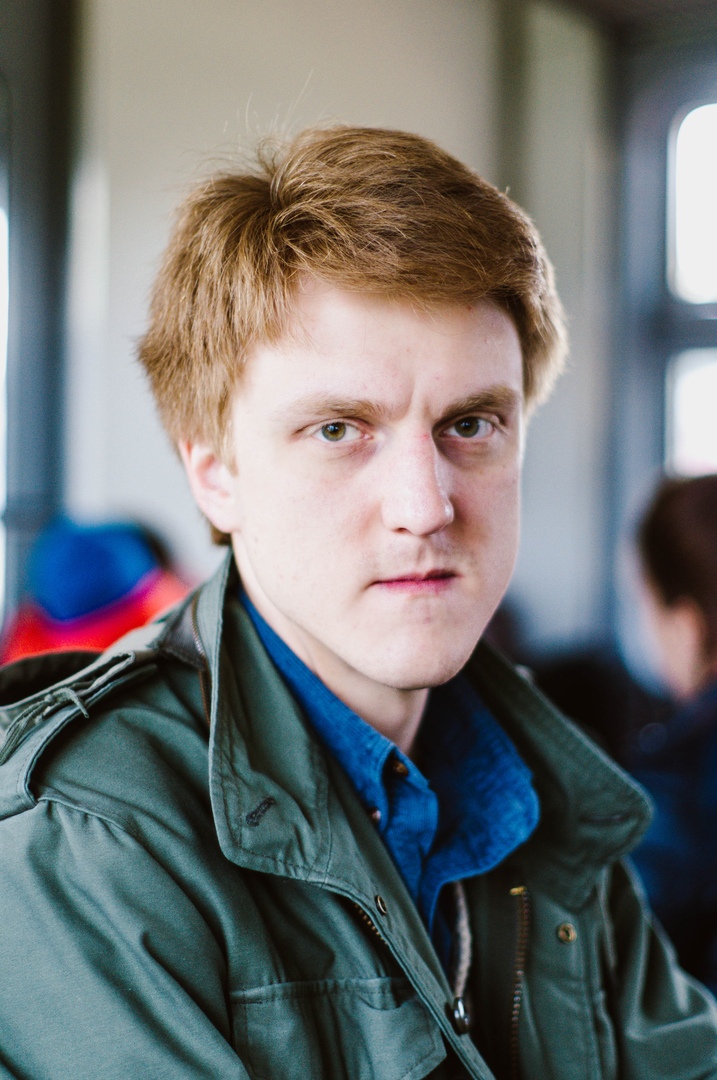This article describes the research narratives of three authors – members of the Eranos circle: M. Eliade, C.G. Jung and H. Corbin. The author concludes that these theories contain common metaphysical premises, which are clarified on the example of the historiosophic plots and scientific programs of the three researchers. In particular, the hermeneutical structure common to the three scholars is highlighted: wholeness, detaching, return to “self”. In the historiosophic key it is realized as a sequence of three aeons (integral Western culture of the past – Middle Ages, Renaissance; broken Western culture – Modernity; integral culture of the future), and in the scientific program as an expectation of the “ultimate” science, which should remove the conflict between faith and reason. The theological dimension of the methodology of the three authors is examined through these subjects. It is argued that hermeneutics and phenomenology of religion are implicit “theologizing” factors within religious studies. The connection between the authors' research subjects and the Christian doctrine of salvation (soteriology) is pointed out. It manifests itself both at the level of the plot and at the level of method (hermeneutics of myth and history as revelation, phenomenology of “believer's faith”). Attention to soteriology and mysticism is seen as a paradigmatic trend in phenomenology of religion. The “theology” of religious studies is further connected with the general “counter-modernization” tendencies in the Western culture of the 20th century.
Keywords: study of religion, phenomenology of religion, perennialism, soteriology, metanarrative, Counter-modern trends, anti-modernism, Eranos circle, Mircea Eliade, Carl Gustav Jung, Henri Corbin
DOI: 10.22250/20728662_2022_3_120
About the author
 |
Sergey A. Tarasov – Postgraduate student in the School of Philosophy and Cultural Studies, HSE University; |






